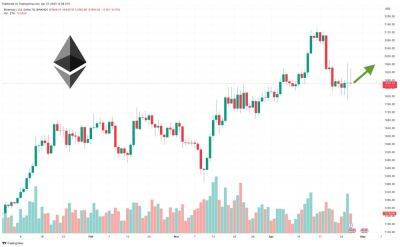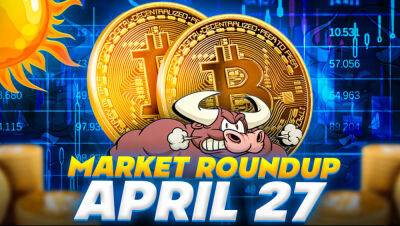Bitcoin Cash (BCH) is now home to an innovative leverage trading app
Decentralized finance (DeFi) is one of the largest sectors in crypto. The applications within the DeFi space consist of decentralized trading, borrowing and lending, and many more financial services. However, even with its rising popularity, the sector has many obstacles to overcome before mass adoption is possible.
The growth of DeFi’s popularity was volatile and quick, which follows suit with the overall development of the crypto industry. During the peaks of 2021, the sector saw almost $180 billion in total value locked in the many protocols that still exist today. Of course, the DeFi space also got hit by the crypto winter.
Recently, DeFi stood out in the market upturn during the first quarter of 2023. The DeFi space rose $29.6 billion in value, making the sector stand out against the performances of major asset classes like gold and oil.
The popularity of DeFi can be attributed to the increasing amount of decentralized applications (DApps) and the flow of users from centralized to decentralized exchanges, among other reasons. However, while the increasing popularity is a positive development, there are some caveats.
One of the caveats is the rising transaction costs once more users start using a network. Investors experienced this during the bull market in 2021; the Ethereum (ETH) network saw a large influx of transactions, mainly happening within the DeFi space. The result was steeply rising transaction costs on the network. Sending crypto became so expensive that users faced a significant barrier to interacting with DeFi DApps.
Another risk is that of vulnerabilities such as smart contract back door keys, massive centralization on single contracts, and counter-party risks of custodial stablecoins. With numerous bridge
Read more on cointelegraph.com













